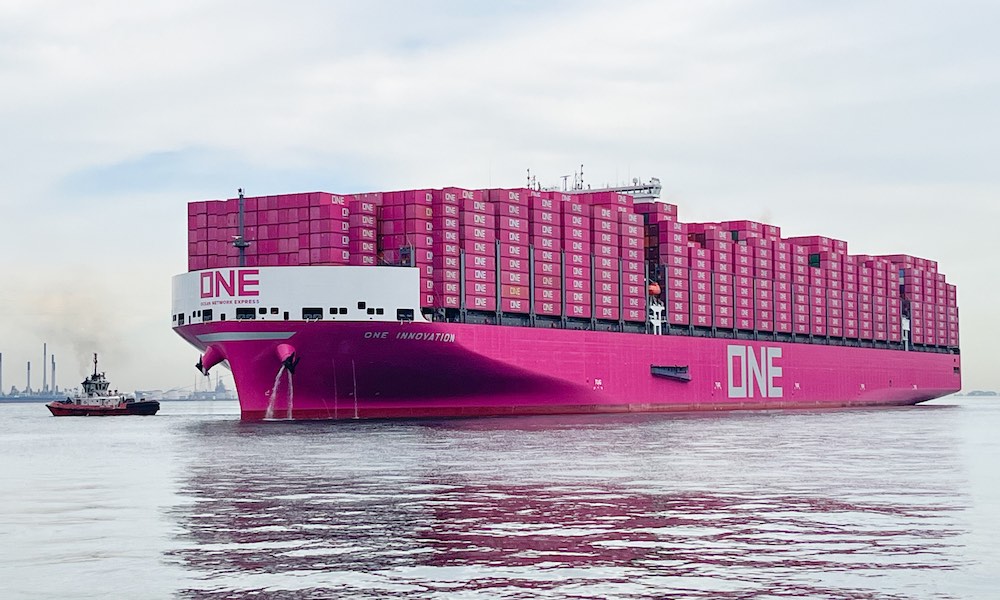‘Unexciting’ container market sees liner CFOs adjusting full-year forecasts
Container Shipping Faces Grim Outlook for 2025

The global container shipping market is bracing for a challenging second half of 2025, as weak demand, overcapacity, and fluctuating trade policies lead shipping lines to reconsider their financial projections. Today, Japan’s Ocean Network Express (ONE) announced a significant downward revision of its fiscal year forecasts, a move that may signal similar adjustments from other shipping companies.
Market Trends and Economic Pressures
Analysts from Jefferies provided a sobering assessment in their latest report titled “The Unexciting Place Between Not Good and Not Bad,” which encapsulates the stagnant sentiment permeating the industry. While there were brief spikes in shipping rates during early summer, the overall mood has shifted negatively, leaving the sector anticipating a lackluster peak season ahead.
According to Linerlytica, the impact of U.S. tariff policies is becoming increasingly pronounced. The recent U.S.-EU trade agreement, which imposes a 15% tariff on European goods, is expected to adversely affect transatlantic shipping volumes. Although imports from Europe to the United States increased by 8% in the first half of 2025, forecasts indicate a potential 10% decline in the latter half. Compounding this issue is the fact that capacity on transatlantic routes has surged 16% compared to last year, raising concerns about overcapacity if demand fails to meet expectations.
China launches biggest amphibious assault ship in projection of military power
The Shanghai Containerized Freight Index (SCFI) mirrors these challenges, having decreased for eight consecutive weeks. Today’s drop of 42 points highlights a persistent supply-demand imbalance, as carriers grapple with failed rate increases planned for August. In light of these developments, ONE has revised its full-year forecast downward by $400 million. CEO Jeremy Nixon attributed this adjustment to ongoing geopolitical uncertainties and economic conditions affecting global supply chains, as well as port congestion issues.
Future Projections and Potential Outcomes
Sea-Intelligence has reported that the brief surge in shipping rates observed in early June has evaporated, raising concerns that the anticipated peak season may not materialize as hoped. In a worst-case scenario, August shipping volumes could decline by as much as 26% year-on-year, potentially leading to an increase in blank sailings and additional downward pressure on rates.
Even if a last-minute surge occurs in late September, driven by U.S. importers seeking to move goods before China’s Golden Week, analysts caution that this would likely be a short-lived phenomenon. “We may see another spike in rates similar to June, only to witness another steep decline afterward,” noted Sea-Intelligence.
Spot rate trends are also reflecting this erratic behavior. Lars Jensen from Vespucci Maritime reported that transpacific rates to the U.S. West Coast, which surged by over $3,000 per forty-foot equivalent unit (FEU) in June, have now returned to their pre-spike levels. This fluctuation underscores the uncertainty facing the container shipping sector as it navigates an increasingly complex market landscape.
